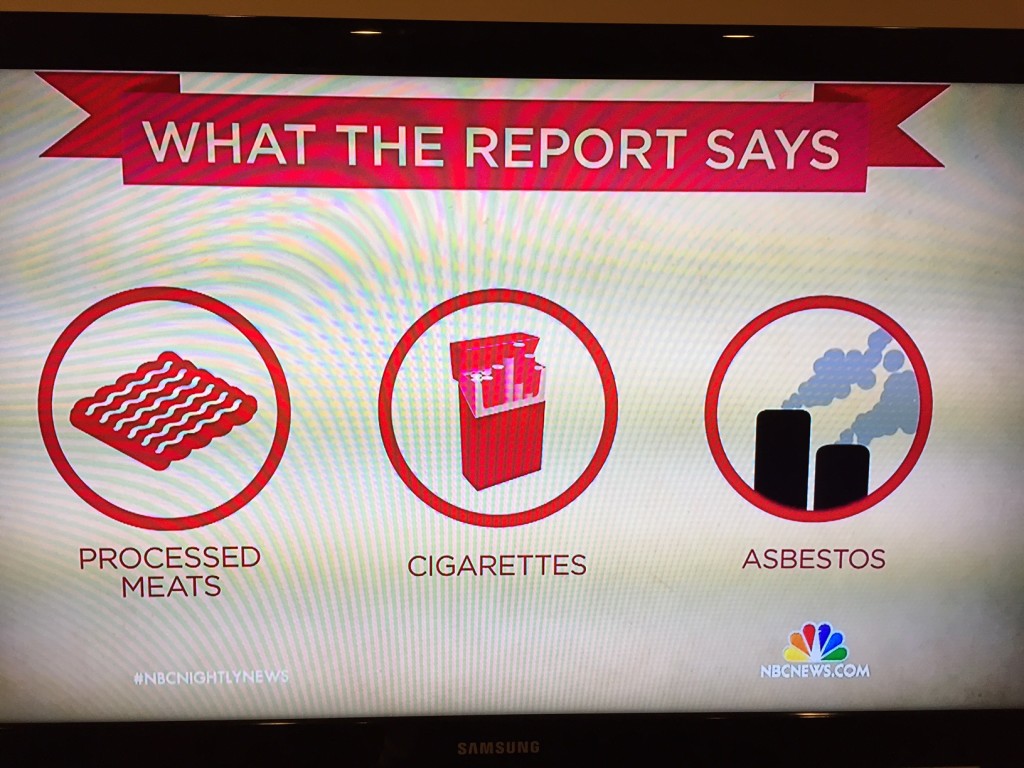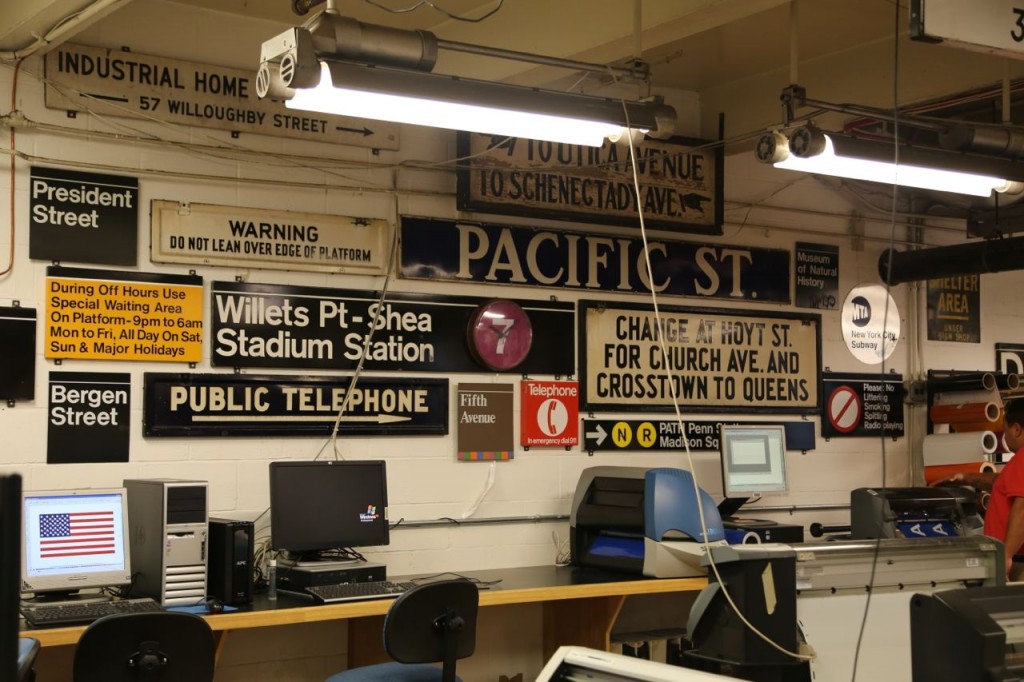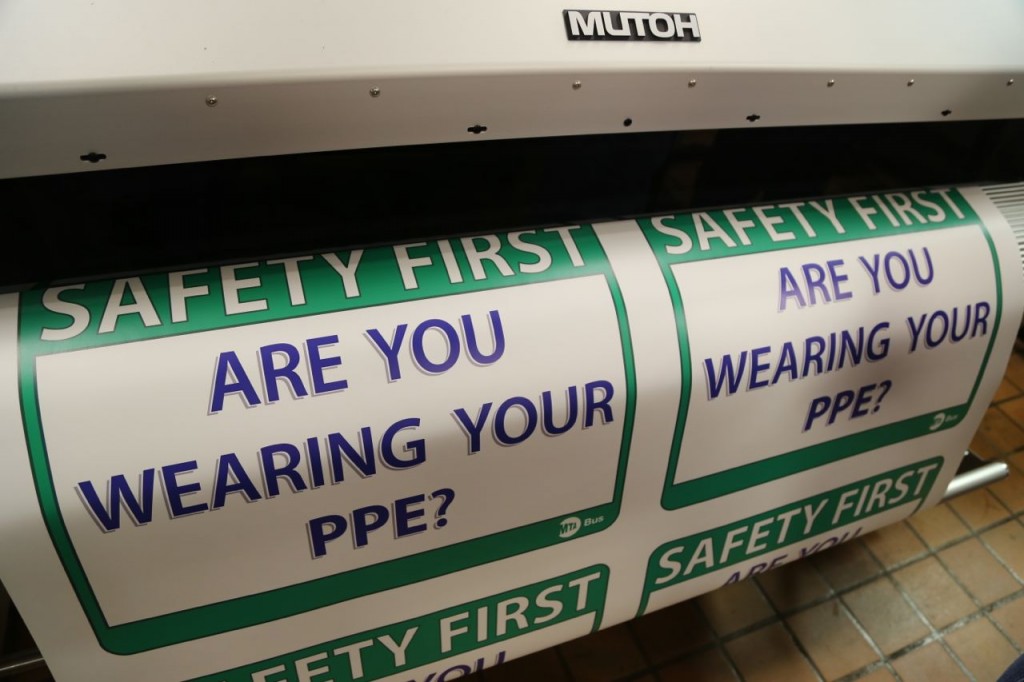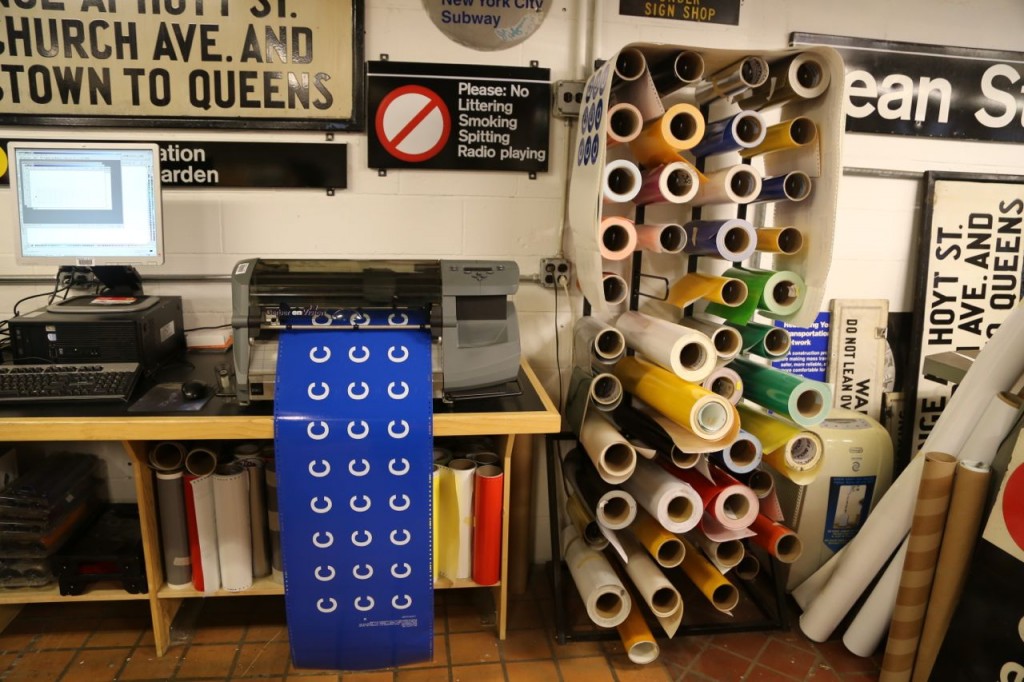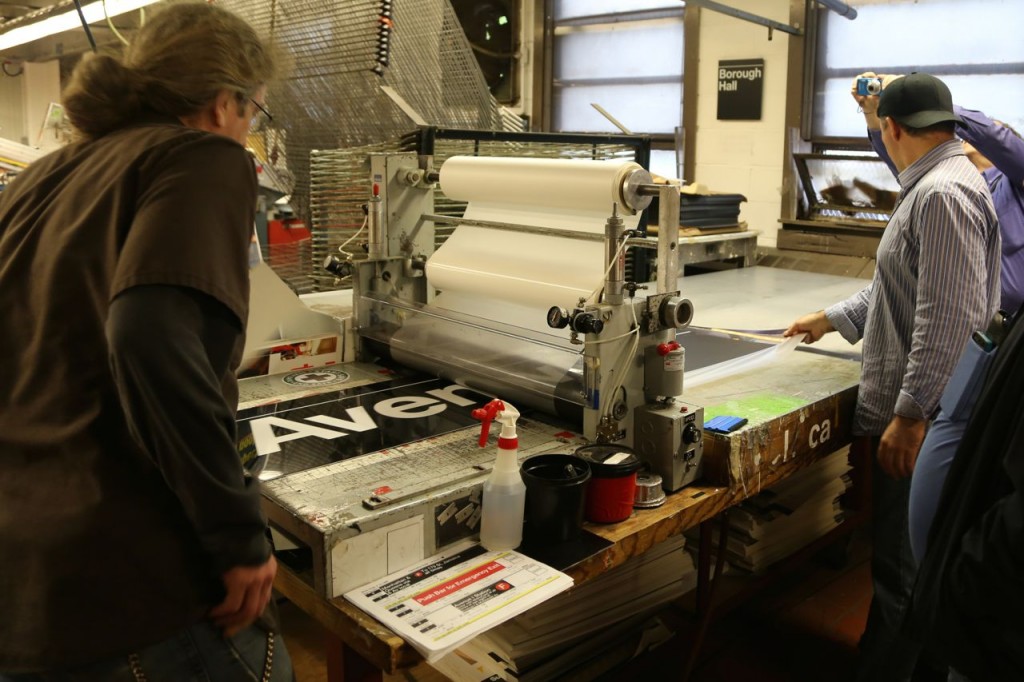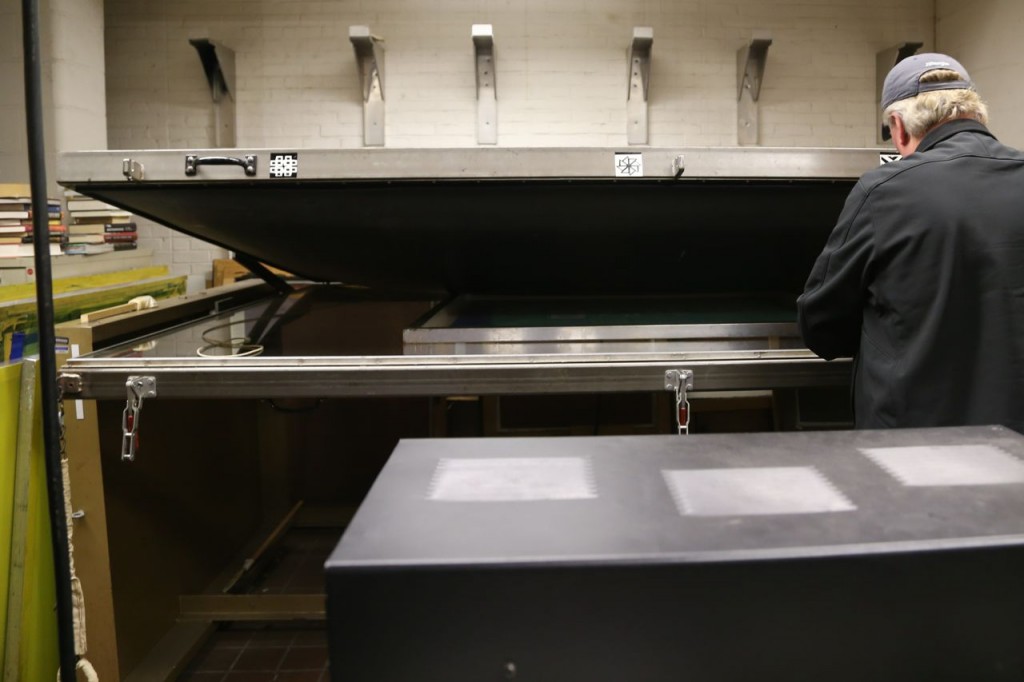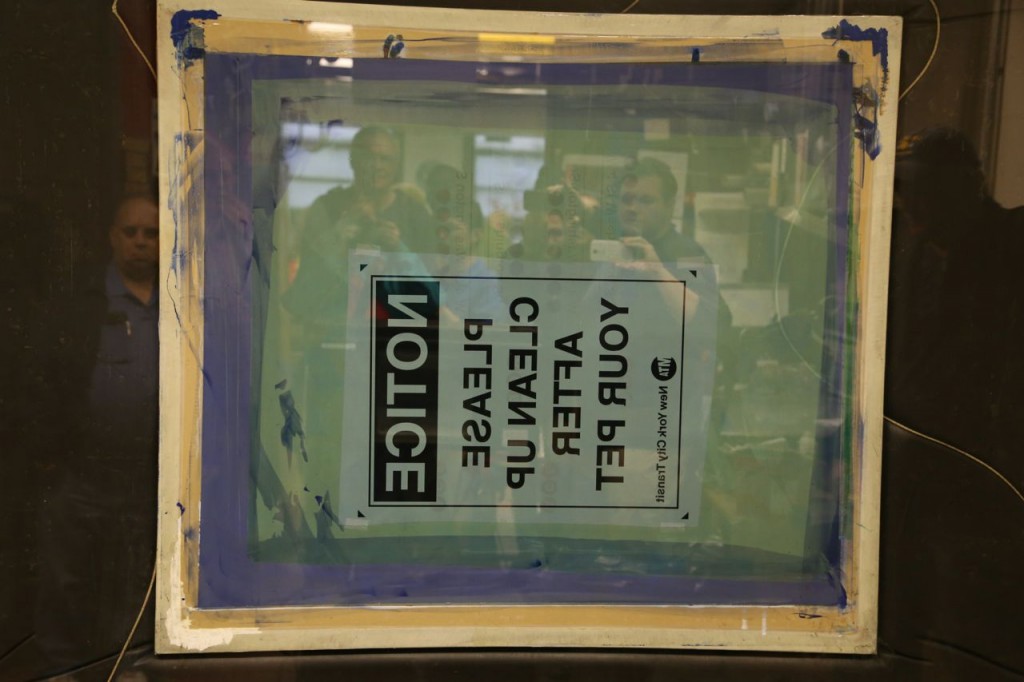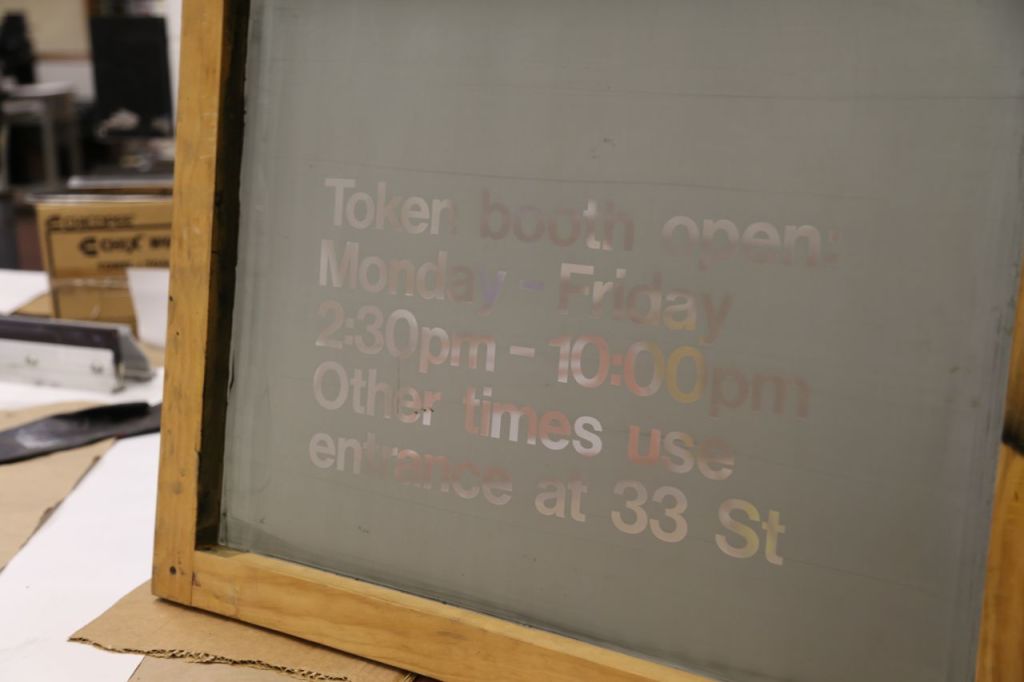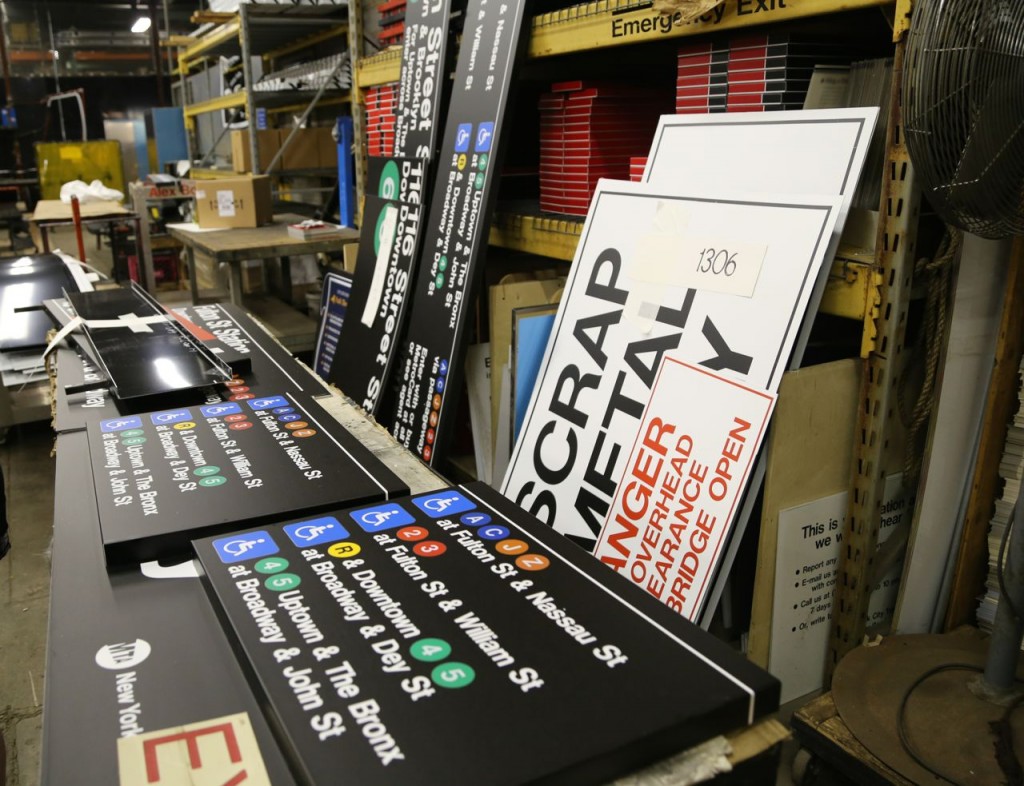I spent the better part of my childhood in suburbia Houston. I think I learned about the Civil War in the second year of U.S. history, which I think I took in 8th grade. Thus, I learned about the Civil War in the mid 1980’s in the South. I very specifically remember being taught that the Civil War was fought over state’s rights. Slavery was a component, but it was really about state’s rights. Decades later, when I was in my 30s, I was having a conversation with a couple of friends. I think the conversation was about federal versus nationalist governments but am not sure, but I remember stating what I had learned in school that the Civil War was fought over state’s rights. One of my friend’s looked at me surprised and said “you really are a Southerner.” I remember being surprised that others (most? any non-Southerner?) thought that the war was fought for a reason other than state’s rights, i.e. fought over slavery. Ironically, the friend was also from the South. It never occurred to me before that moment to question what I had been taught. I have never wished the South had won or anything to that effect. In fact I make fun of the South and am often embarrassed by it. I just had never learned something different. I was and am still learning history.
Growing up in Texas with all my relatives from various states of the South, there were just things that seemed normal to me that I never realized were offensive to others, in particular to African-Americans. Confederate flags are everywhere. Streets, parks, statues, etc. are dedicated to people of the Confederacy. Confederate Heros’ Day is a state holiday in Texas and celebrates Robert E. Lee’s birthday. [Other Southern states have similar.] Because Lee’s birthday is January 19, Confederate Hero’s Day very often falls on the same week as the federal holiday celebrating Martin Luther King, Jr. Day. I still am not sure if that is just weird, offensive, or amazingly ironic. It wasn’t until the events in Charlottesville and the recent push to get rid of things honoring Confederate leaders that I learned that these statues were not erected right after the Civil War but rather decades later during the Jim Crow era. I am still learning.
Years ago, I remember watching an episode of Law and Order. I very well may have been watching it in reruns on cable. I don’t know. I just remember that at some point during the episode either as graffiti or something (I’m fairly sure the word was not spoken), a word was used that I had never heard before. The episode was written such that the audience was supposed to know and understand what that word meant and be offended. I had to look it up online. The word is a Jewish epithet. I guess it is a good thing that I had never heard of the word because why would I want to be exposed to offensive language, but in a weird way, you almost have to know what is offensive to know to be offended by it. Do I want to learn what to be offended by?
As I have grown older, there have been numerous times when I learned that a word or saying or something was offensive to a group of people. I am embarrassed that I didn’t know initially, but I am grateful for anyone who appreciates that I didn’t know and is willing to educate me on it. I am still learning.
Several years back, in a private conversation with just one other person present, an older relative of mine used an ethnic slur to describe some people. I know, or hope, my relative did not mean to use a slur, and as soon as the term was used, I tried to explain that was a slur and please don’t use it again. As I recall, we got into an argument, and I was accused of being disrespectful because my relative didn’t realize the term was as charged as it is. I can remember trying to explain that I was sure that person didn’t mean to use a slur, but it was one, and please learn not to use it. I accept that many people didn’t know that certain words are slurs. To a certain degree, the older you get, the harder it can be to change your ways. Or maybe we just become more stubborn as we get older. Or maybe we are all still learning sometimes against our will.
About the only group of people I feel I have standing to have a “vote” as to what is and is not offensive is women. The use of the word girl can be used in an offensive or benign way depending on setting. [In my opinion, always offensive professionally but benign when discussing something among friends, like “going out with the girls”.] I would guess that there are things I would disagree with other women about as what is and is not offensive. There is a word that in my opinion is about the nastiest slur that can be used for a woman that on a few occasions I have heard someone say. I literally cringe when I hear it. This word does not start with a b. On the few occasions I have heard it, I try to have patience and calmly tell the man (on rare occasion a woman) never to use that word. If nothing else, it gives me empathy for other groups when slurs are used against them. For other groups of people, be it ethnic, religious, skin tone, gender identity, whatever, I let the members of that group decide what is and is not offensive. When I know something is offensive, I respect that and don’t use it. The more people I know, the more I learn. I can think of times in the past few years where I have learned the respectful way to call a person or group of people. I did not use an offensive term before, but I have learned how they want to be called. That is important to me and how I am still learning.
What is my point? We are all still learning. Before anyone gets onto their high horse and say someone should have known something, especially when discussing something decades into the past, they need to stop to consider when everyone else learned that thing. If a child is taught something one way, then the child will just assume that is the truth or the right way, until the child (or perhaps now adult) learns something different. Our environment shapes who we become, and sometimes we have to leave that initial environment to become something different or learn a different perspective. When one person learns “the truth” of some matter may be years or even decades after another person learns that same truth. We need to have patience with each other. We need to teach each other and learn from each other. An initial ignorance is forgivable. That’s why and how we learn. It is a refusal to learn where forgiveness can be difficult. So keep learning.

